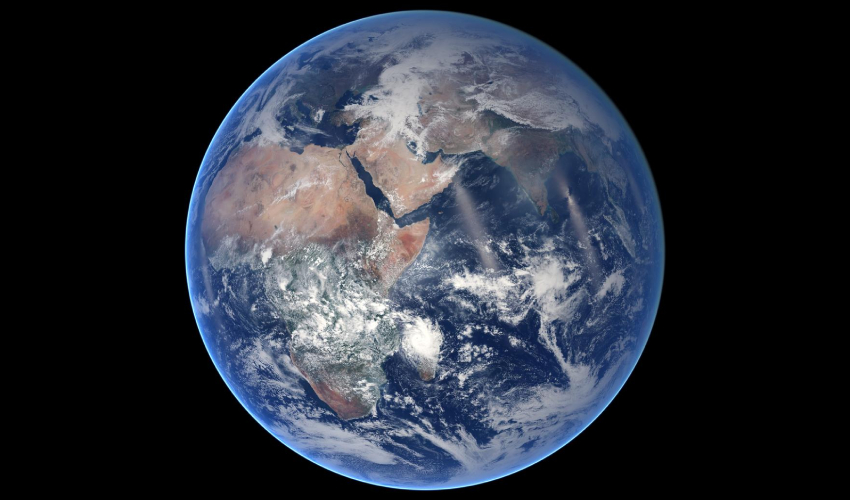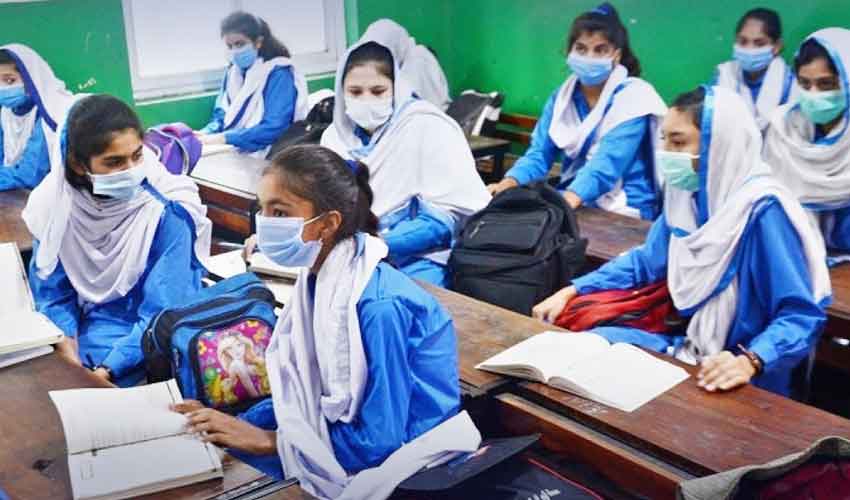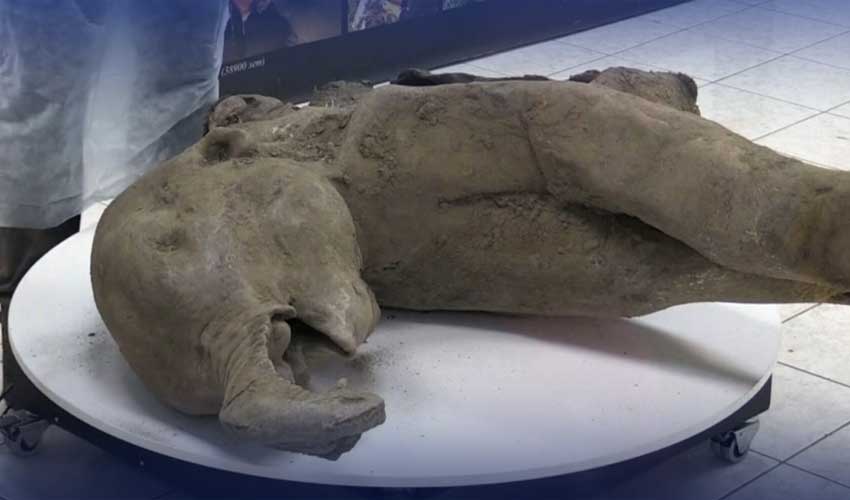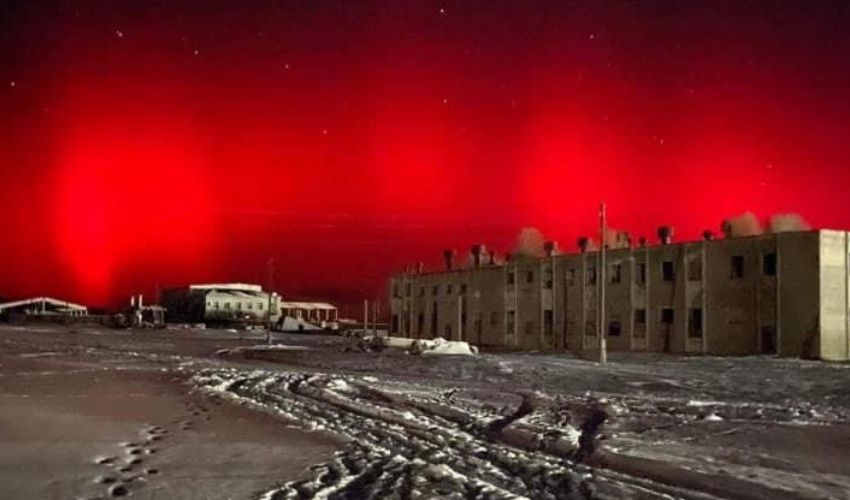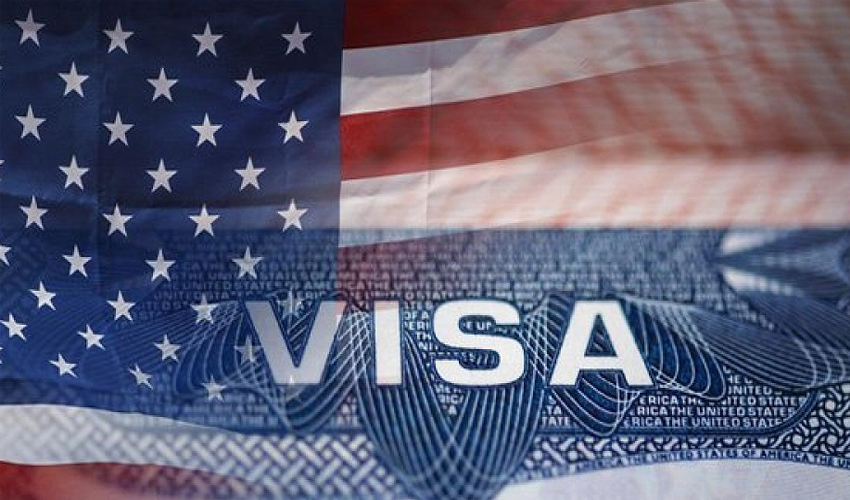Oxygen is a gas that is essential for life on Earth and makes up about 21% of the atmosphere. It is used by humans, plants and animals to breathe. But Earth's atmosphere was not always like this. When the planet was first formed, it did not have much oxygen. The atmosphere was mostly made up of carbon dioxide, methane, and water vapour.
Scientists have predicted that Earth's atmosphere will eventually become low in oxygen again. This will happen in about a billion years, and it will happen fairly quickly.
The change will take Earth back to something like the state it was in before the Great Oxidation Event (GOE). The GOE was a time when oxygen levels in the atmosphere suddenly increased. This happened around 2.4 billion years ago.
The new research is important because scientists are looking for habitable planets outside our solar system. Habitable planets are planets that could support life.
The research suggests that atmospheric oxygen is not always a permanent feature of habitable planets. In fact, it is more likely that habitable planets will have low oxygen levels.
The reason for this is that carbon dioxide levels on habitable planets will eventually decrease. This will happen because the sun is getting brighter.
Less carbon dioxide means fewer photosynthesizing organisms. Photosynthesizing organisms are plants that use sunlight to make their own food. They also produce oxygen as a by-product of photosynthesis.
So, as carbon dioxide levels decrease, so will oxygen levels. This will eventually make it impossible for life to exist on the planet.





